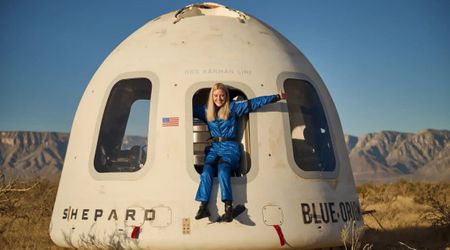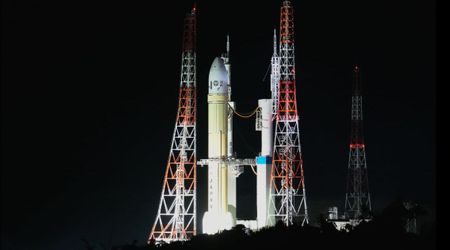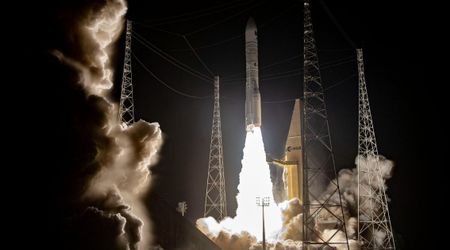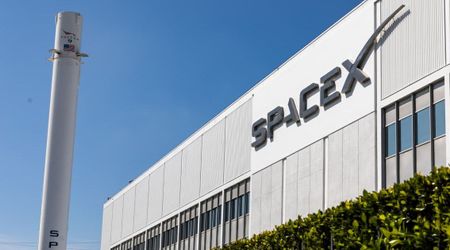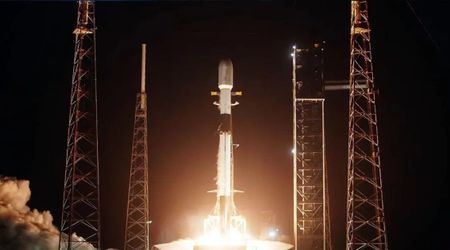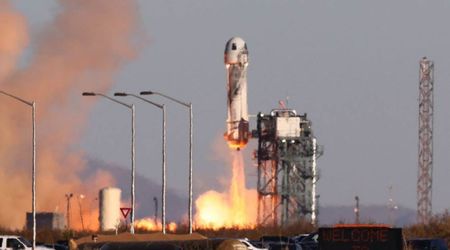International Space Station prepares for two back-to-back resupply missions launching this week

The International Space Station is preparing for a flurry of activity this week, as two separate cargo missions are scheduled to launch just days apart, bringing much-needed supplies and scientific equipment to the orbiting outpost. The first launch, a Russian resupply mission, is scheduled to lift off on Thursday morning, September 11, with a second from the U.S. set for Sunday, September 14, according to NASA.
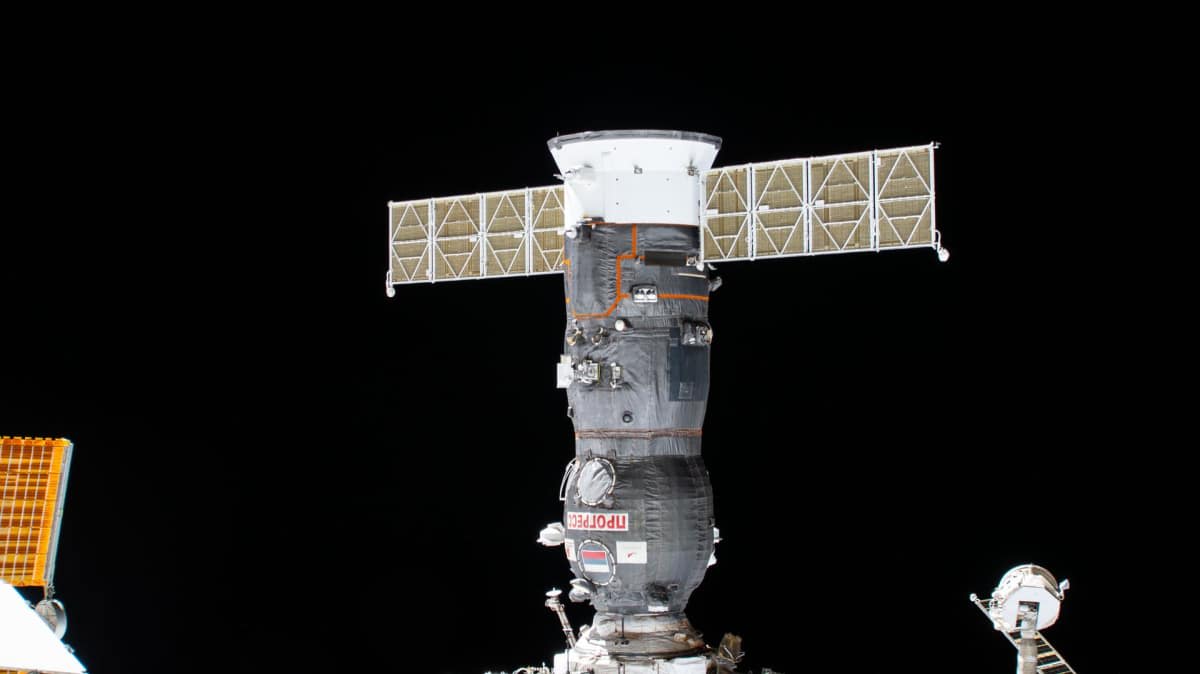
Roscosmos's Progress 93 cargo vehicle has been moved to its launch pad at the Baikonur Cosmodrome in Kazakhstan for a Thursday launch at 11:54 a.m. EDT. The uncrewed spacecraft is carrying 2.8 tons of food, fuel, and other provisions for the Expedition 73 crew. It's expected to automatically dock with the station's Zvezda service module on Saturday at 1:27 p.m. Before the new cargo craft's arrival, the Progress 91 vehicle, which has been docked for six and a half months, will undock from the station on Tuesday to make way for the new shipment. Filled with trash and obsolete equipment, Progress 91 will complete its mission with a fiery reentry over the Pacific Ocean.
Following the Russian mission, NASA's commercial partner Northrop Grumman will launch its Cygnus XL cargo craft aboard a SpaceX Falcon 9 rocket from Cape Canaveral Space Force Station in Florida. The launch is set for 6:11 p.m. EDT Sunday, September 14. The Cygnus XL will deliver over 11,000 pounds of new gear, including advanced science experiments designed to benefit both astronauts and people on Earth. The spacecraft will be captured by the station's Canadarm2 robotic arm at 6:35 a.m. on Wednesday, September 17, and then installed on the Unity module for its six-month stay.
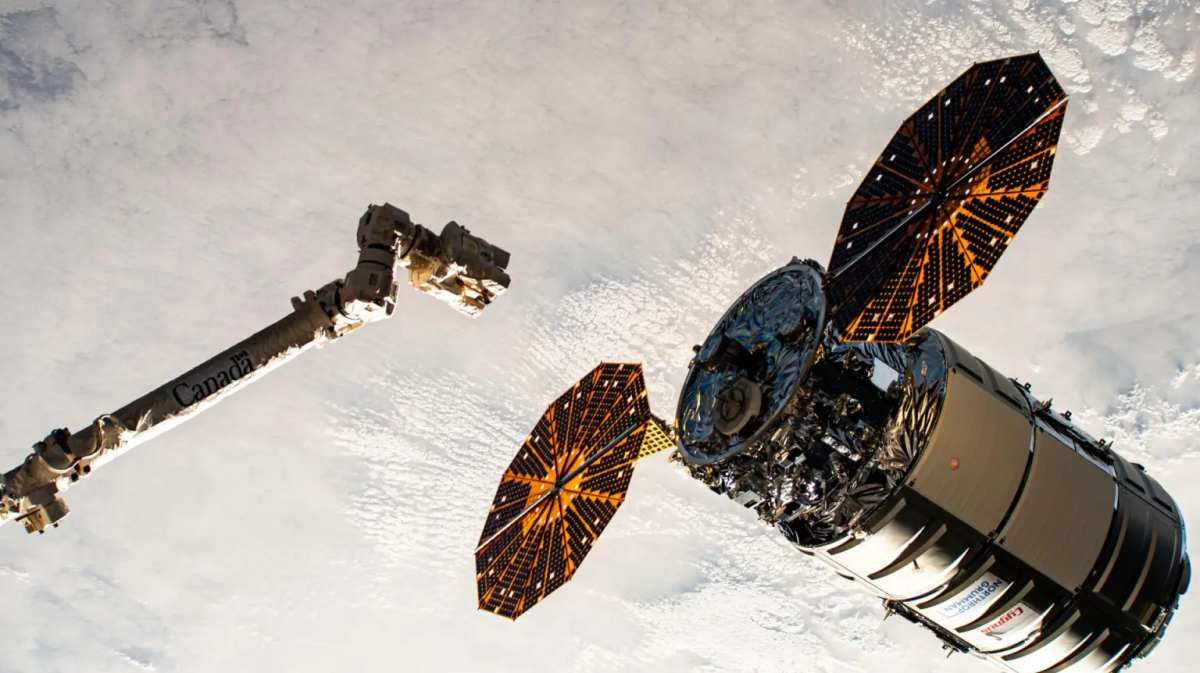
As the station prepares for the new arrivals, the Expedition 73 crew is conducting critical research. Astronauts are studying the effects of microgravity on the human body and plant life. NASA flight engineers Mike Fincke and Zena Cardman recently performed a study on how living in weightlessness affects a crew member’s sense of balance and spatial awareness. Meanwhile, Jonny Kim participated in eye exams as part of a series of 14 human research investigations designed to track the changes spaceflight can have on the body.
Elsewhere on the station, JAXA flight engineer Kimiya Yui is exploring space botany, working with tobacco and algae cell samples to understand how to grow plants on future missions to the Moon and Mars. On the Russian side, Oleg Platonov conducted his own human research, measuring his respiratory and cardiac activity to counteract the effects of microgravity.
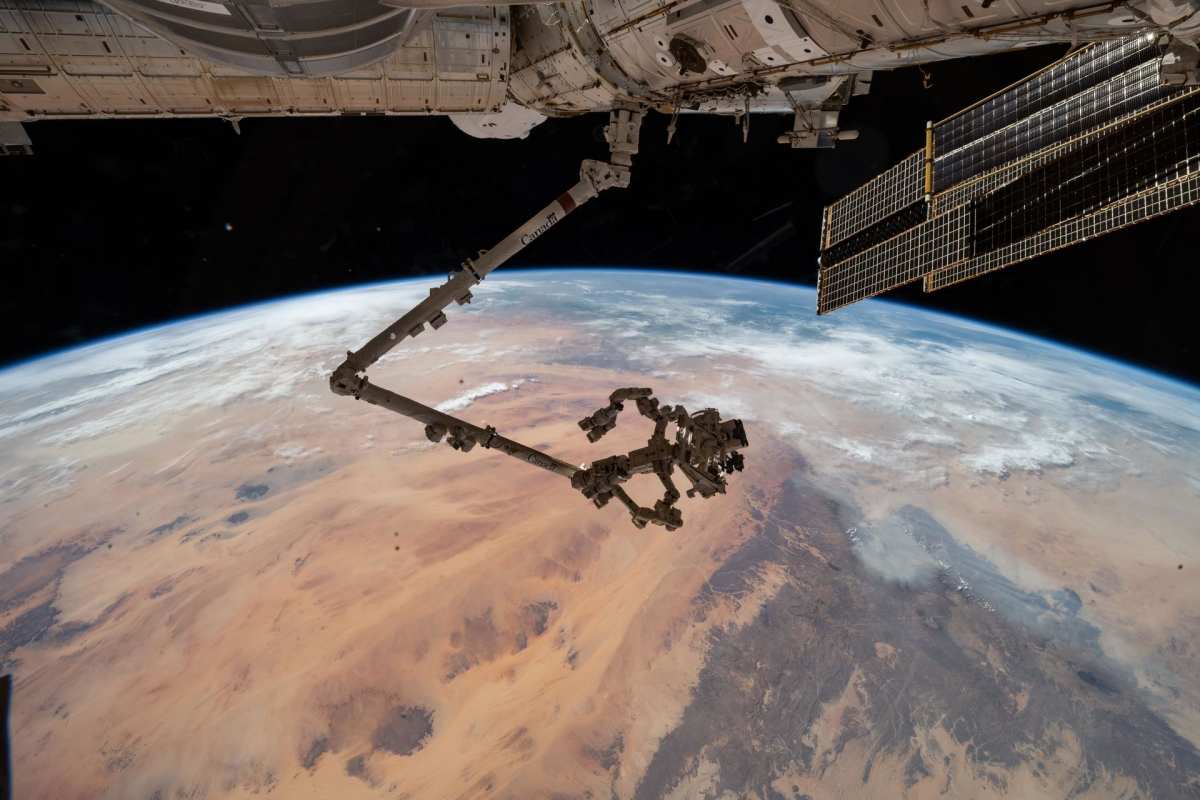
The station is also home to groundbreaking research on bioprinted tissues. On September 5, NASA's Zena Cardman and JAXA's Kimiya Yui processed bioprinted liver tissues that arrived on a SpaceX Dragon cargo craft on August 25, per NASA. The crew placed the samples inside a device that generates artificial gravity, allowing researchers to study how microgravity impacts the formation of blood vessels in engineered tissue. Scientists will monitor the tissues over several weeks to gain new health insights that could lead to improved bioprinting techniques for patient therapies on Earth and advanced treatments to protect astronauts on long-duration spaceflights.
More on Starlust
Russia launches Progress 92 cargo ship toward the International Space Station
33rd SpaceX commercial resupply mission to launch with key bone health research
